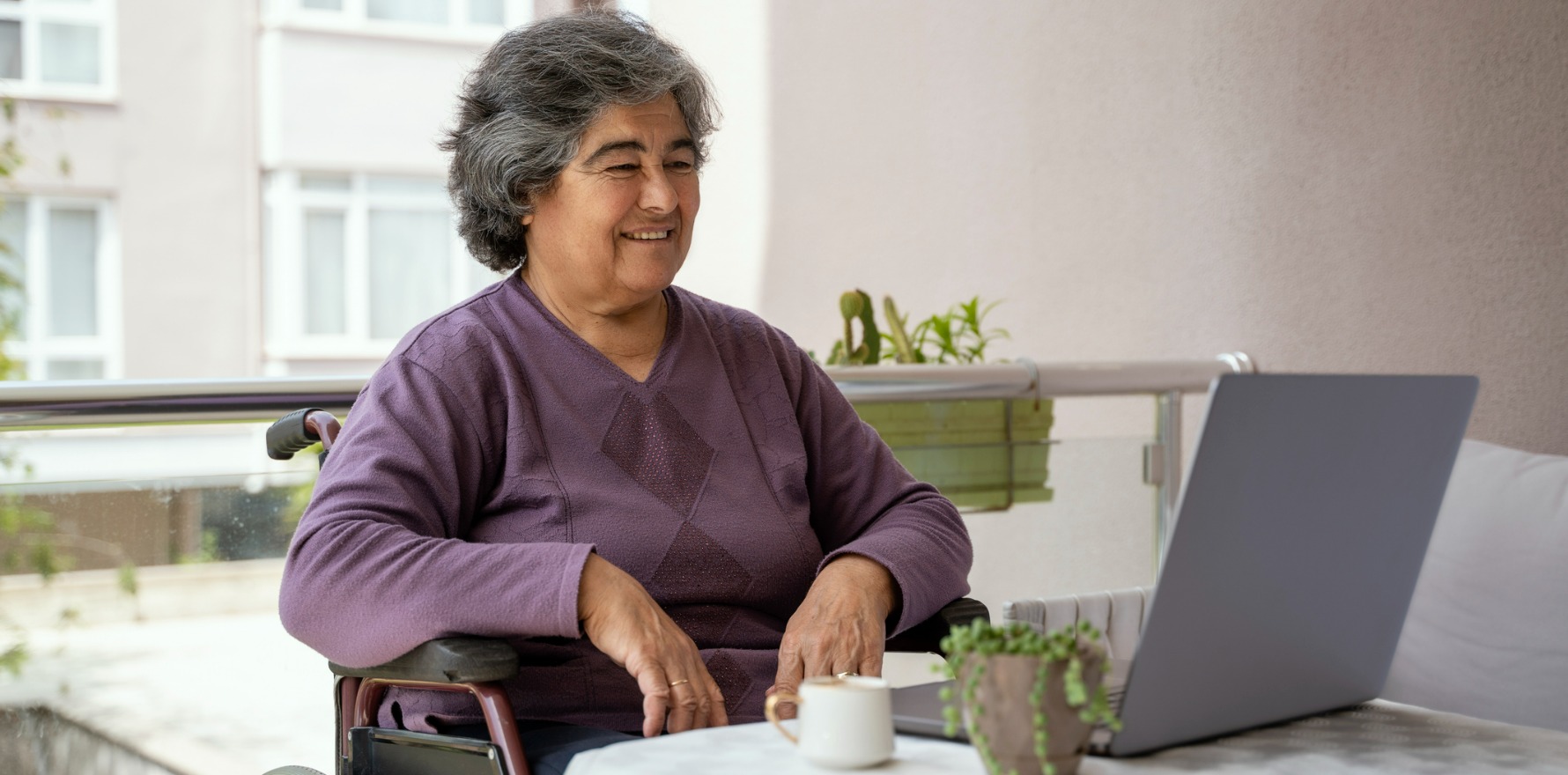A major global review confirms what many suspected, that telehealth reduces hospital visits, eases pain and boosts mental health. But outdated Medicare rules are locking out the people who need it most.
A first of its kind global systematic review and meta-analysis has found telehealth is as good as many suspected it was. It reduces hospital visits, improves mental health and helps people feel more connected to their communities.
The study, published in the journal Health & Social Care in the Community, also found it improves quality of life by reducing pain, enhancing mental health, and increasing social engagement, as well as helping to ease depression, anxiety, and loneliness.
But the Flinders University researchers behind the study say that in Australia, outdated rules are keeping telehealth out of reach for those who need it most.
Currently, Medicare requires most patients to have seen their GP in person within the past 12 months to qualify for telehealth rebates. According to Dr Maria Alejandra Pinero de Plaza from Flinders University’s Caring Futures Institute, for truly homebound people, that is often impossible.
“Our research clearly demonstrates the effectiveness of telehealth, but the current system is failing the very people it was designed to help,” she said.
“There are over half a million Australians who are homebound, and many of them are invisible in our health system.”
There are new rules coming. From November 2025, patients registered with MyMedicare will be exempt from the 12-month face-to-face rule to access longer telehealth consultations.
However, according to Dr Pinero de Plaza, that still leaves barriers to access.
“To register in MyMedicare, they still must have had at least two face-to-face visits at the same practice in the past 24 months (or one visit in remote areas).
“This means that people who are truly homebound—those unable to attend even a single in-person appointment—remain excluded from registration and cannot benefit from these telehealth changes,” she told Health Services Daily.
The research highlighted that the size and magnitude of homebound challenges and their effect on community care management are increasing in most countries.
However, the data about this population is scarce. The 2018 Survey of Disability, Ageing and Carers (SDAC) estimated that approximately 596,800 people with disabilities could not leave home as often as they would like.
“Of these, 383,500 were aged 5–64 years and 212,800 were 65 years or older. A more severely affected subgroup, approximately 37,700 individuals, reported never leaving their homes, including 20,000 aged 5–64 and 18,000 aged 65+, with 19,500 indicating that their inability to leave was due primarily to a disability or health condition,” the authors wrote.
Related
Another study referenced in the paper was a 2020 Australian Survey that explored the experiences of frail, homebound, and bedridden people.
“Among the 306 respondents, the majority were women (81%), people with disabilities (72%), and individuals who either lived alone (33%) or were single (42%). Unlike traditional assumptions that homebound populations are primarily elderly, this sample was predominantly younger or middle-aged,” the authors wrote.
The researchers are calling for more formal data collection of homebound people so they can be recognised in health policy.
“One of the challenges is that Australia does not yet have a national definition of what it means to be homebound, and there is no consistent way to identify these individuals in routine data,” says Dr Pinero de Plaza.
“We need to improve data collection to support evidence-based and equitable reforms that would allow Medicare to implement a targeted exemption.
According to a spokesperson for ME/CFS Australia and co-author of the paper, Penelope McMillan, there are around 500,000 people in Australia with Myalgic Encephalomyelitis/Chronic Fatigue Syndrome (ME/CFS), half of whose ME/CFS was triggered by covid infection. Approximately 25% of these are homebound.
She said that homebound people also needed support through adequate MBS funding for home visits by GPs and practice nurses.
“Volunteers contacted 75 local GP clinics, trying to find a GP to do a home visit for someone with ME/CFS so that eligibility for telehealth could be established. They could not find one GP to do a home visit,” she explained.
“This need is no different to people living in residential care, except that the person is not living in a group setting. Access to primary health care has the potential to slow or reverse deterioration, with potential savings to health, welfare and disability services,” she told HSD.
According to Dr Pinero de Plaza, the message is clear.
“Telehealth works. It keeps people healthier, safer, and more connected. It saves health resources and improves lives and health policies around the world should ensure its accessibility,” she said.
However, unless the Telehealth in-person requirement is removed, Dr Pinero de Plaza is fearful that the system is still structurally disadvantaging the people they’re designed to support.
“Unless Medicare introduces a clear exemption for homebound individuals and a method to identify them, these reforms will fall short,” she said.




